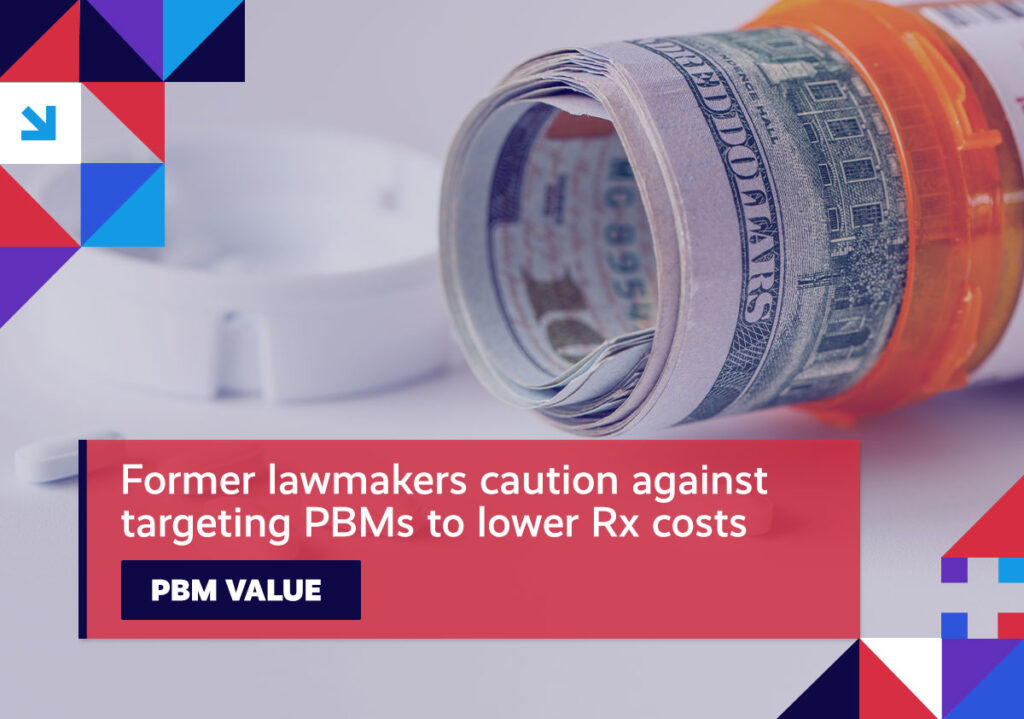A quick roundup of the issues driving the healthcare reform conversation.

Week in Review
MEDICARE ADVANTAGE Over half of all those eligible for Medicare from diverse populations are now enrolled in Medicare Advantage.
Quick takeaway: The Medicare Advantage (MA) program continues to distinguish itself from Fee-for-Service (FFS) Medicare.
Digging deeper: Through its focus on comprehensive health and supplemental benefits, more than half of all Medicare eligible beneficiaries are now enrolled in MA plans, including 54 percent of those from diverse populations.
According to a new report:
- 59 percent of Hispanic or Latino/Latina and 57 percent of Black Medicare eligibles are enrolled in MA plans
- 57 percent of MA enrollees are female
- MA plans have a higher percentage of enrollees aged 75 years and older compared to FFS (39 percent compared to 36 percent)
- The majority of beneficiaries dually eligible for Medicare and Medicaid are enrolled in the MA program
Why it matters: The demographics of MA beneficiaries speaks to how the program is driving health equity for historically underserved populations.
Beyond its reach into these communities, MA has provided a path forward for addressing the Medicare program’s solvency issue. Projections warn that Medicare funding will run out by 2031. But, a recent analysis shows that if FFS were run like MA, the program’s solvency would be extended by 17 years.
The Centers for Medicare & Medicaid Services (CMS) is expected to propose its annual changes to how the MA program is funded and administered in early February. Keep an eye out for how you can raise your voice to help protect the program and the 32 million Americans who depend on it for their coverage.
PRIVATE EQUITY Private equity interests are threatening our healthcare system.
Quick takeaway: By prioritizing profitability and return on investment, private equity firms are undermining critical care operations at hospitals, physician practices, laboratories, and nursing homes.
Digging deeper: As recently highlighted, hospitals purchased by private equity firms have higher rates of adverse patient safety events.
But, beyond patient safety, there’s growing concern that the private equity trend radically reshaping the healthcare ecosystem not only reduces access, but significantly increases costs, as well.
What it means: The healthcare industry has proven too irresistible a revenue source for private equity interests. This, in turn, has led to calls for increased scrutiny and stronger regulation of how these firms operate in the space.
Rx PRICES Prescription drugs without rebates account for 9 of the top 10 drugs with the largest price increases.
Quick takeaway: A new study seeks to correct the record on rebates.
Digging deeper: A lot of energy has been spent trying to blame pharmacy benefit managers (PBMs) for rising drug prices. But, the fact remains, there’s only one entity along the drug supply chain that’s incentivized to lower prescription drug costs for consumers, and that’s PBMs.
Still, that hasn’t prevented baseless attacks from being levied against PBMs, a common tactic being to point to the rebates PBMs negotiate on behalf of their customers to lower costs. But, according to new analysis, it’s actually the drugs without rebates that experience the greatest price increases.
In fact, of the drugs observed in the study experiencing increased prices, 9 of the top 10, 11 of the top 15, and 16 of the top 25 were non-rebated drugs. Further, price increases among the drugs without rebates ranged from 40 percent to 400 percent, compared to just 38 percent to 56 percent for drugs with rebates.
What it means: The results add to the growing body of research defending the value proposition of PBMs. For instance, a report from last summer which showed that the Department of Labor overspent on prescription drugs by over $320 million all because it failed to use a PBM.
What these analyses show is that if lawmakers’ goal is to lower drug prices, targeting rebates – or, PBMs for that matter – will not be effective.
Spotlight

| You can keep up with the latest by following the Health Action Network on X and by liking us on Facebook. And, be sure to check us out on LinkedIn, too. As always, let us know if there’s something you’d like to see covered in a future newsletter. |
The Health Action Network includes everyday Americans—families, workers, businesses, patients, providers, neighbors, and friends. We are working together because we support market-based solutions that offer better healthcare choices and help build a stronger economy. The Health Action Network is an Elevance Health, Inc., initiative.
